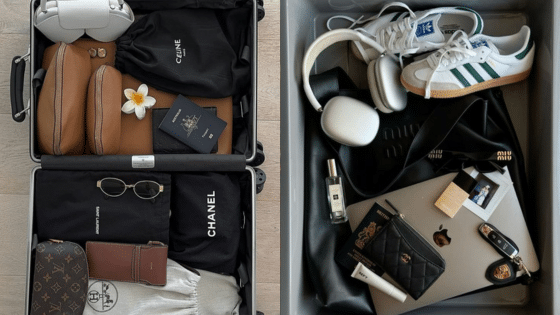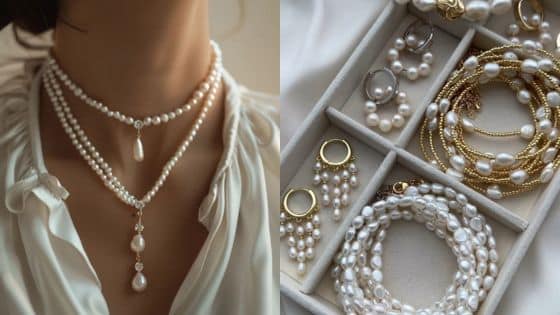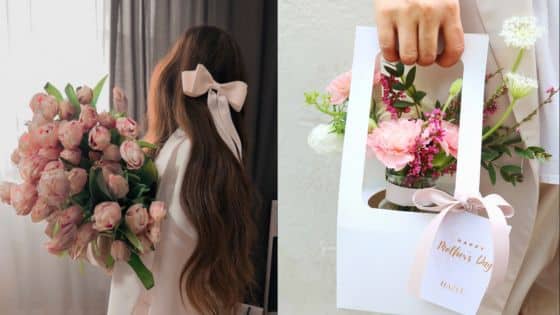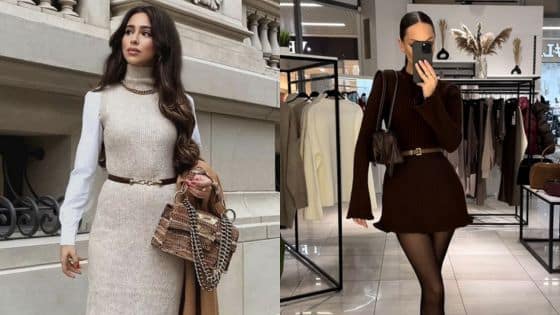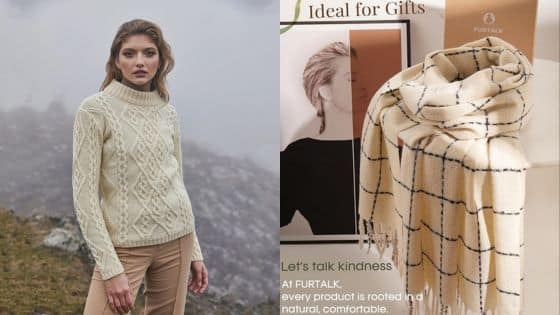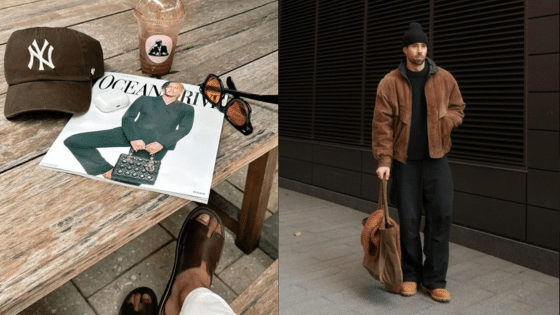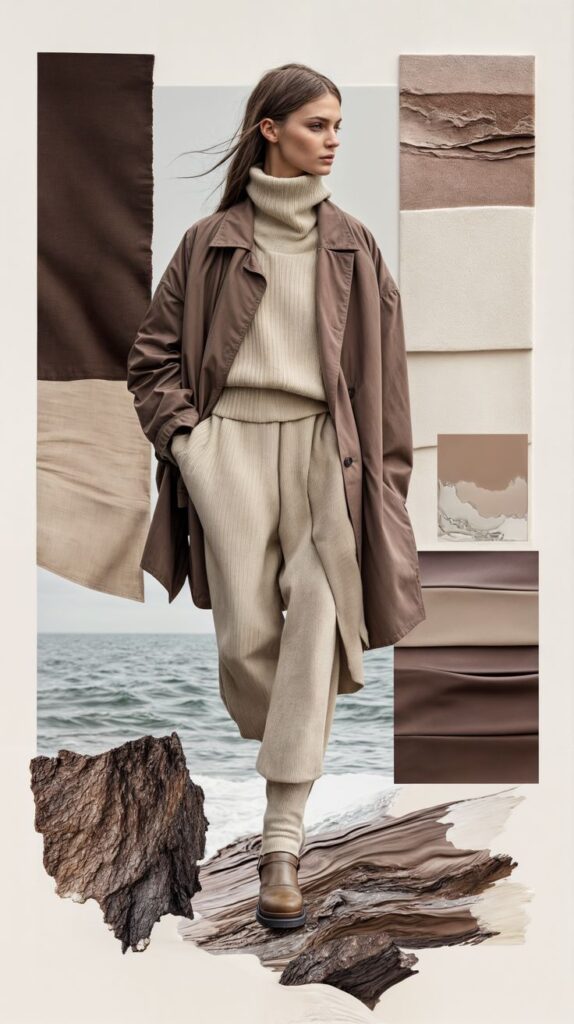

Fashion is always changing, and staying updated helps people look fresh and confident. The upcoming season will bring bold colors, new fabric choices, and unique clothing shapes that offer both style and comfort. These trends reflect what many designers and influencers are focusing on right now.
Accessories and footwear are also evolving, adding a modern touch to any outfit. Technology and sustainability play a bigger role in fashion, influencing how clothes are made and worn. This mix of style and innovation makes the new trends worth watching.
Key Takeways
- Bold colors and fresh fabrics are shaping the next fashion season.
- Accessories and technology add new style options.
- Fashion is leaning toward more sustainable and ethical choices.
Overview of Upcoming Fashion Trends
Fashion is shaped by many forces, from cultural movements to changing weather patterns. These forces affect what colors, styles, and fabrics will be popular soon. Consumers’ choices and habits also play a key role in shaping trends.
Key Influences on Fashion
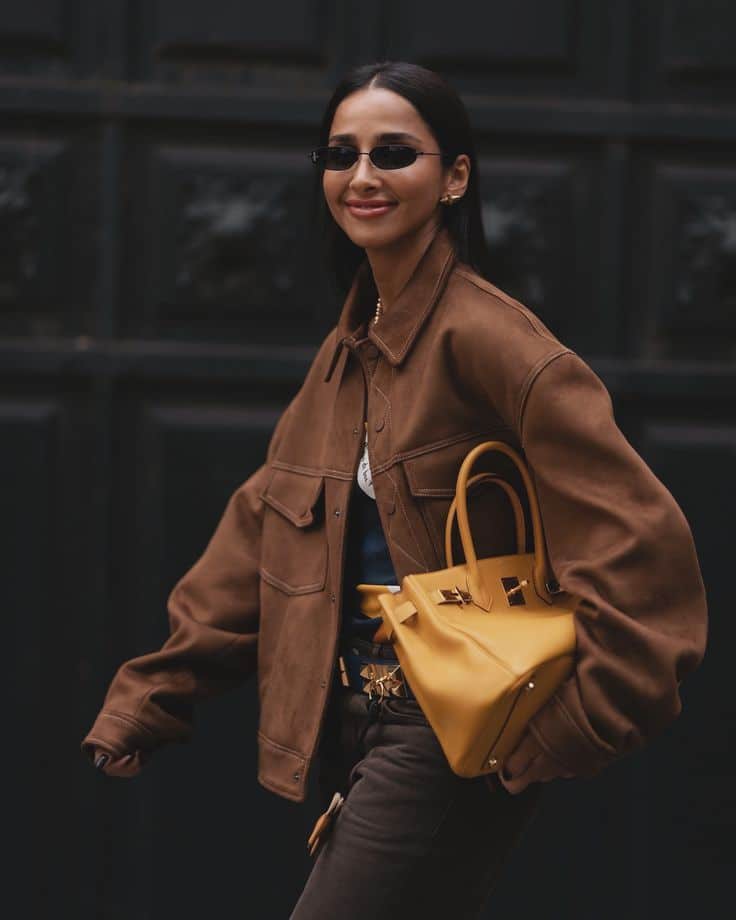
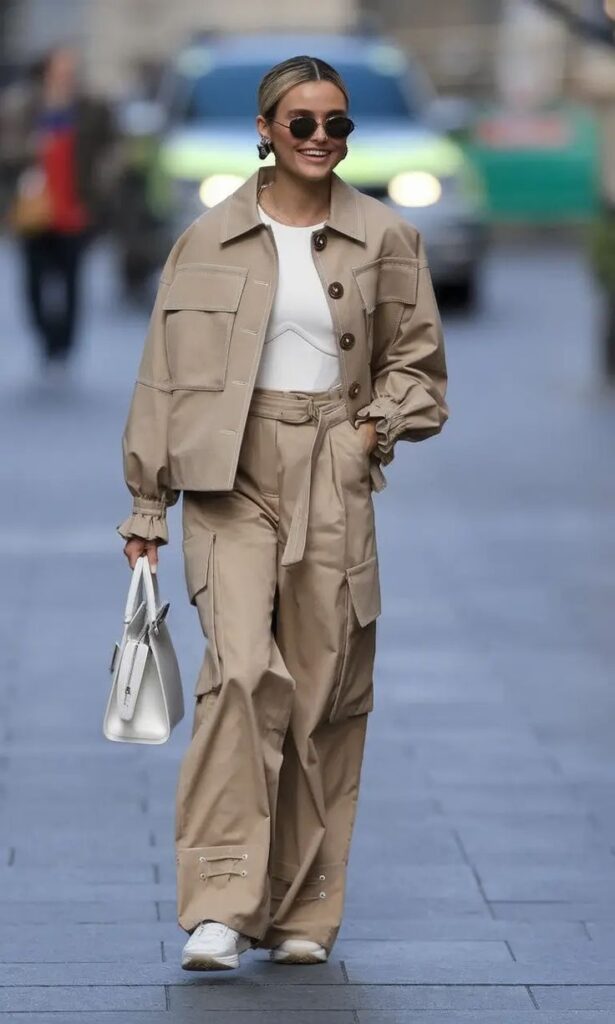
Fashion trends are influenced by art, music, and politics. Designers often draw inspiration from different cultures and historic styles. For example, sustainability is now a major factor, pushing brands to use eco-friendly materials.
Technology impacts fashion as well. New fabrics with improved durability and comfort are becoming common. Social media also spreads trends quickly, making certain styles popular worldwide almost overnight.
Seasonal Forecasts
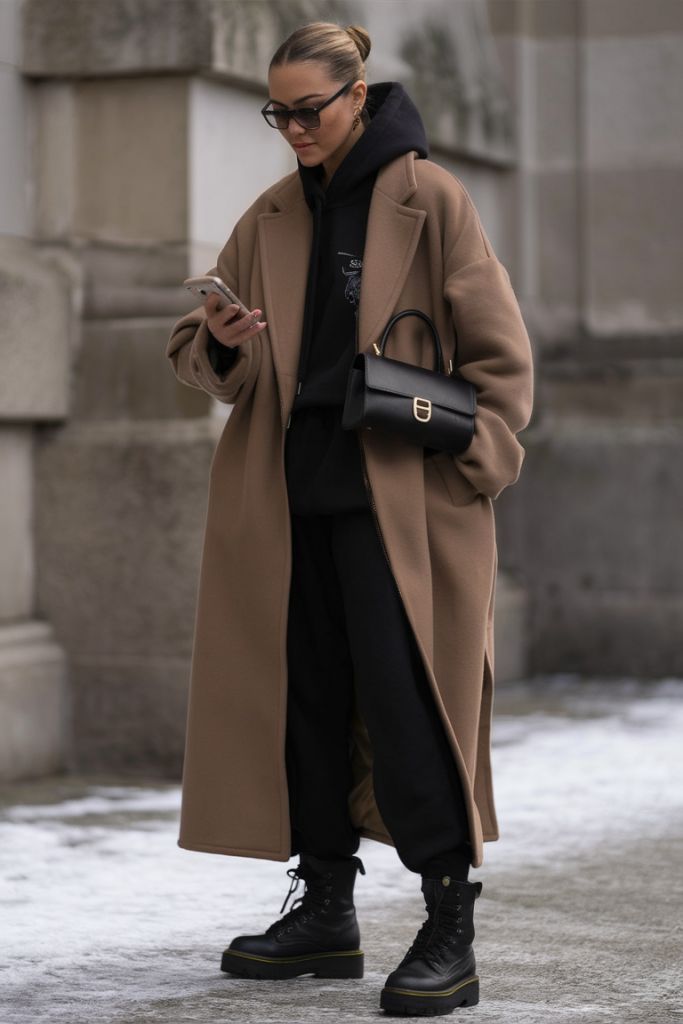
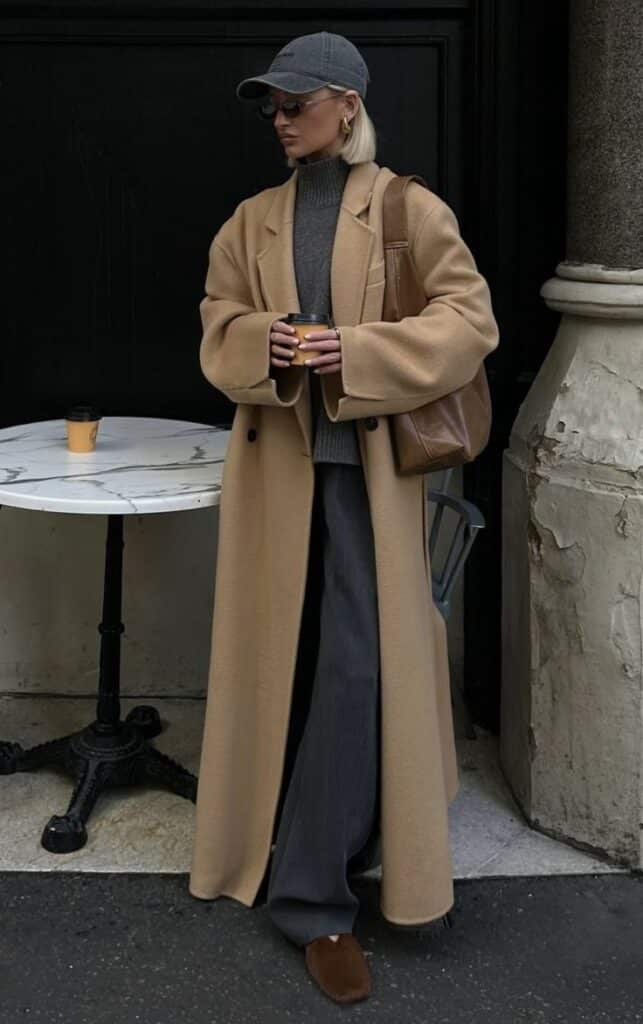
Spring and summer will feature bright, bold colors like sunny yellows and deep blues. Lightweight, breathable fabrics such as linen and organic cotton will be common. Flowing dresses and oversized shirts are expected to dominate.
Autumn and winter trends lean toward warm, earthy tones like rust and forest green. Layering will be key with chunky knits and tailored outerwear. Textures like faux fur and quilted fabrics will see increased use for comfort and style.
Consumer Behavior Shifts
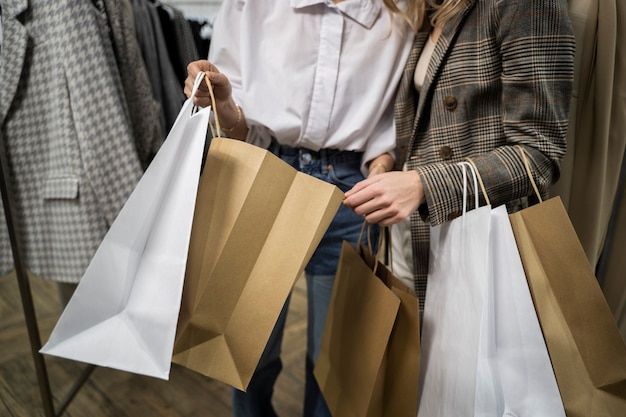
Consumers are focusing more on ethical shopping. They prefer brands that are transparent about their production processes. Many are buying less but choosing higher-quality pieces.
Renting and reselling clothes are rising in popularity, reflecting a move away from fast fashion. Online shopping continues to grow, but customers expect easy returns and personalized experiences. Influencers and user reviews influence buying decisions strongly.
Colors and Patterns for the Next Season
Next season’s colors and patterns show a mix of calm and vivid tones paired with bold and delicate prints. The palette includes earthy shades alongside bright highlights, while patterns range from classic checks to abstract designs.
Trending Color Palettes
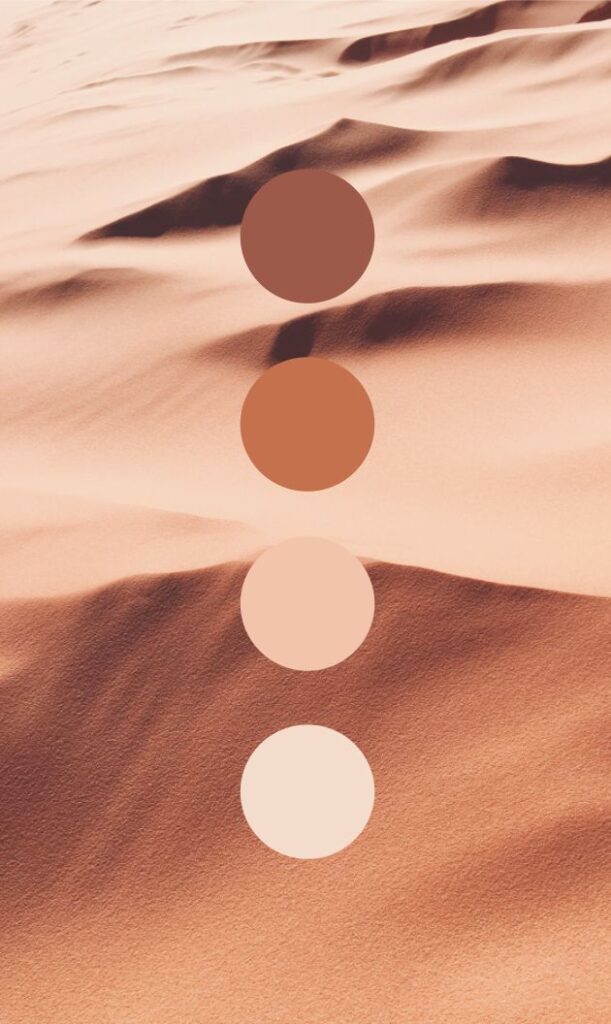
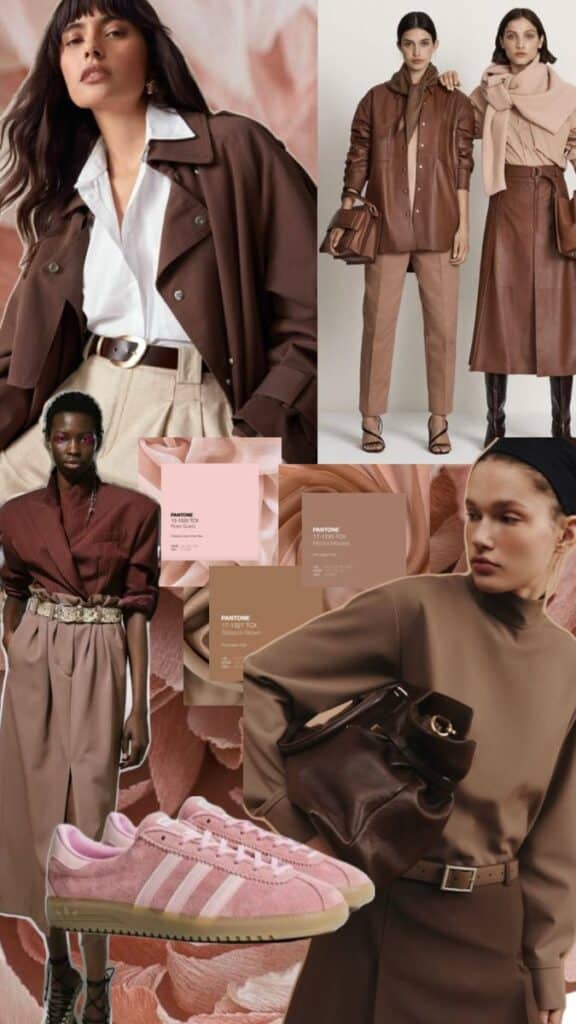
The top color palettes feature warm neutrals like beige, camel, and soft brown. These shades create a natural, timeless look. Alongside them are brighter colors such as coral, electric blue, and lime green, adding energy to outfits.
Pastels remain popular but are more muted this season, including dusty rose and pale sage. These colors work well for layering and mixing with stronger shades. Designers suggest balancing calm tones with pops of color to keep styles fresh.
Metallic tones like bronze and copper are making a return. They often appear in small accents or accessories, giving outfits a subtle shine without overpowering the overall look.
Popular Prints and Patterns

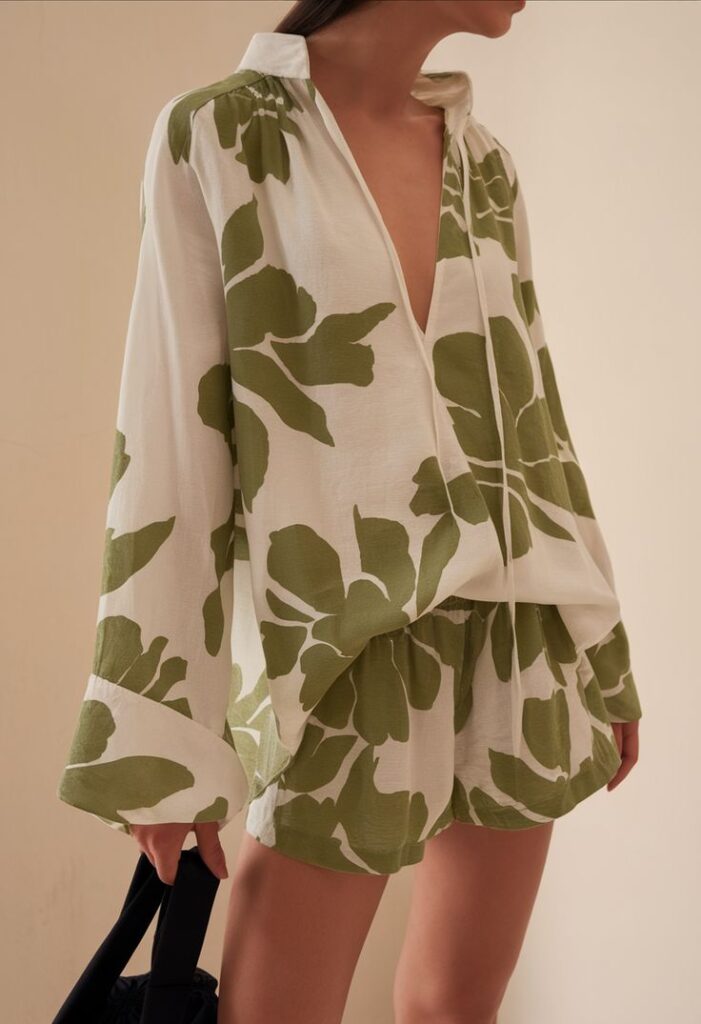
Checks and plaids remain a staple, especially in mid-sized patterns. These designs add structure and can be worn in traditional or modern styles. Animal prints, particularly leopard and snakeskin, are popular but used sparingly.
Floral patterns are softer and more abstract than last year, featuring larger blooms with blurred edges. They suit casual and formal wear, often layered with solid colors for contrast.
Stripes are shifting toward asymmetrical and varied widths, creating dynamic movement in clothing. Geometric patterns, including shapes like triangles and diamonds, bring a contemporary feel to knitwear and outerwear.
Season-Specific Color Highlights
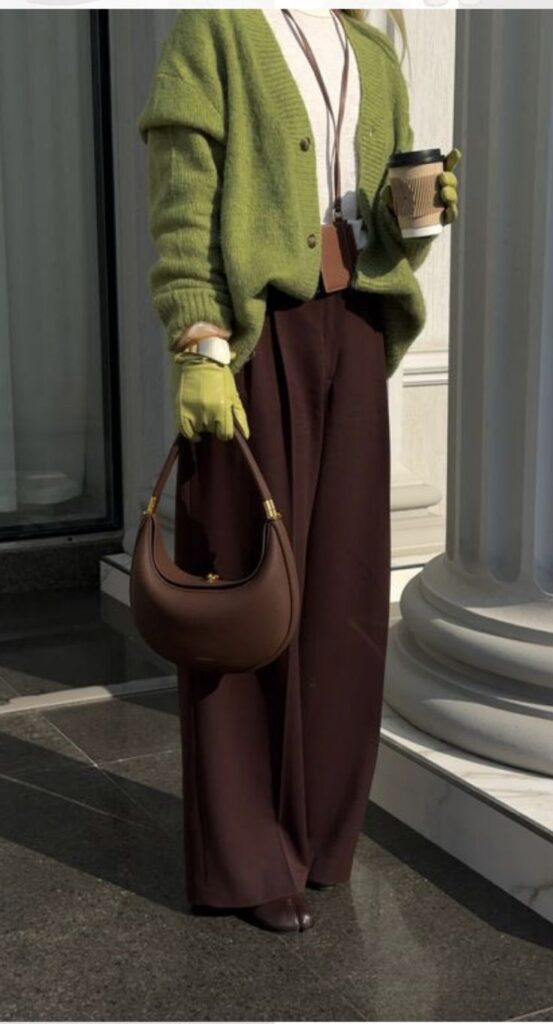

Spring and summer focus on light, refreshing colors such as mint green, sky blue, and soft yellow. These shades evoke a cool and airy vibe, ideal for warm weather styles.
For fall and winter, the palette shifts to deeper hues like burgundy, forest green, and navy. These tones help create a cozy and grounded appearance, perfect for cold months.
Additionally, rich jewel tones like sapphire and emerald are emphasized for evening wear. They add elegance and depth without relying on dark basic colors. Warm reds and burnt orange also stand out, offering a touch of brightness during shorter days.
Essential Fabrics and Materials
New fashion trends feature materials that blend technology with care for the environment. These fabrics focus on comfort, durability, and reducing waste in the fashion industry.
Innovative Textiles
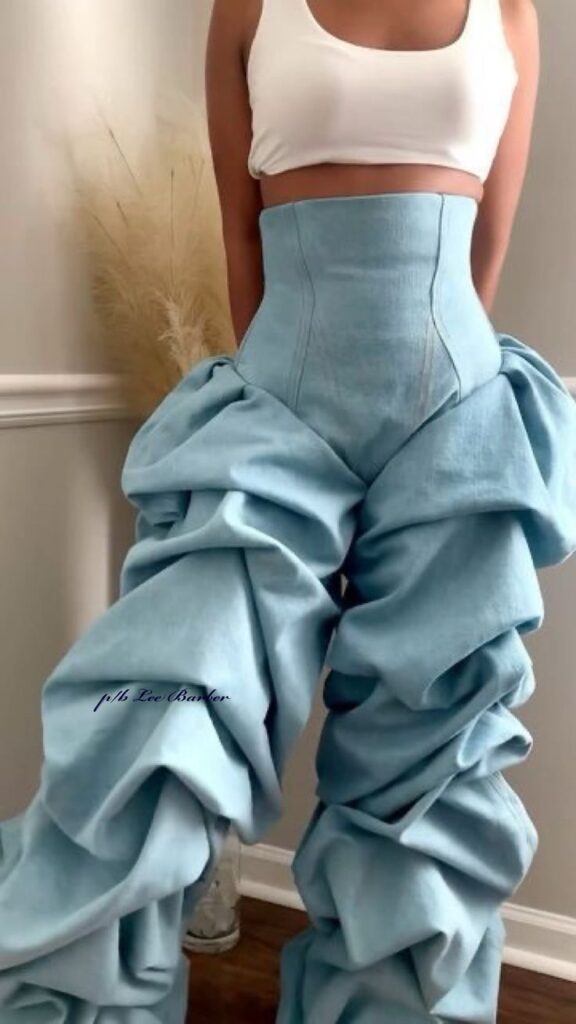
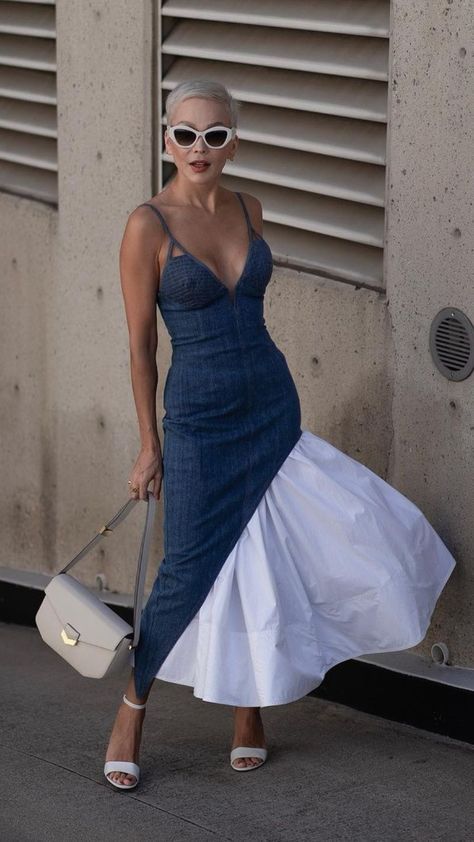
Innovative textiles include smart fabrics that change with the environment. For example, temperature-regulating materials help keep the wearer cool or warm as needed.
Other textiles use recycled plastics to create strong, lightweight fabric. Brands are also exploring fabrics made from algae or mushrooms. These materials are biodegradable and reduce the need for traditional cotton or polyester.
Some new fabrics have added functions, like water resistance or UV protection. Designers use these textiles in both casual and athletic wear to improve performance without sacrificing style.
Sustainable Material Choices

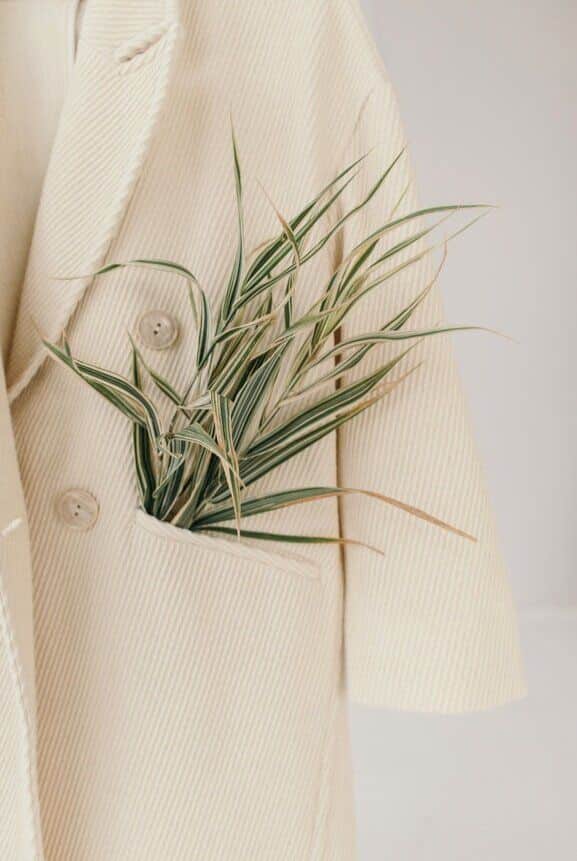
Sustainable materials focus on reducing environmental damage. Organic cotton, grown without pesticides, is becoming a popular choice for its lower impact on soil and water.
Hemp is another key fabric. It grows quickly and uses less water than cotton. It also produces a tough and breathable fabric.
Recycled fabrics offer a second life to waste materials. For example:
- Recycled polyester made from plastic bottles
- Reclaimed wool from old garments
These choices help reduce landfill waste and lower carbon footprints for brands focused on eco-friendly fashion.
Silhouettes and Clothing Shapes
This season focuses on bold shapes and clear contrasts in clothing fit and style. The trends highlight both spacious, comfortable fits and sharply defined structures. Layering also plays a key role in shaping outfits with depth and versatility.
Oversized and Relaxed Fits

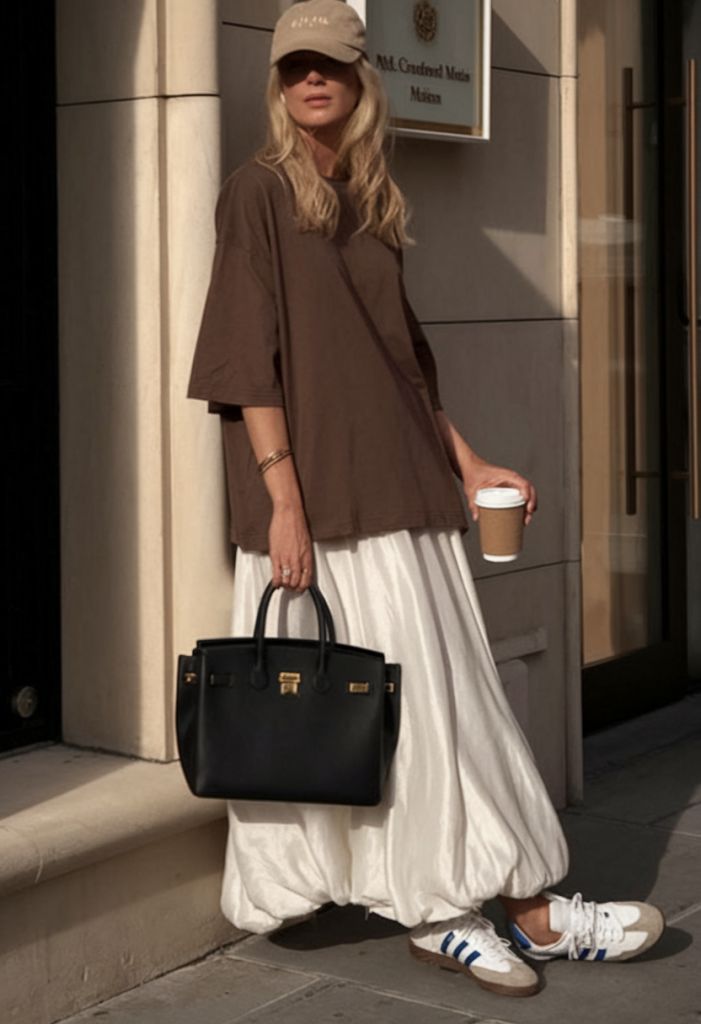
Loose clothing remains popular for comfort and style. Oversized shirts, wide pants, and big jackets are frequent choices. These shapes create a casual, breezy look while allowing more movement.
Baggy fits often pair with simple designs or subtle patterns to avoid overwhelming the wearer. Soft fabrics like cotton and linen enhance the relaxed feel. This trend appeals to those who want fashion without sacrificing ease.
Tailored and Structured Designs
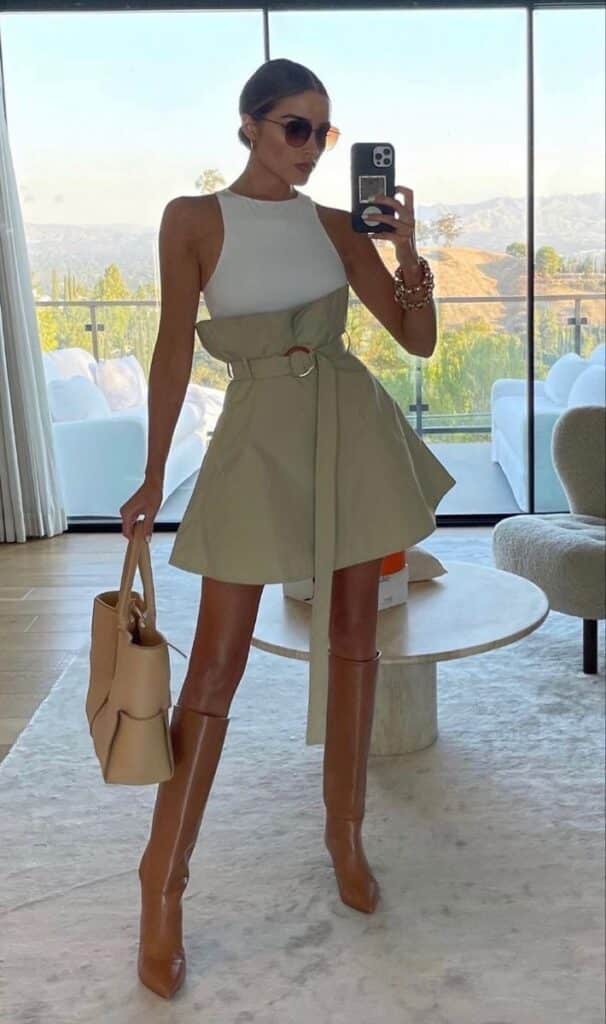
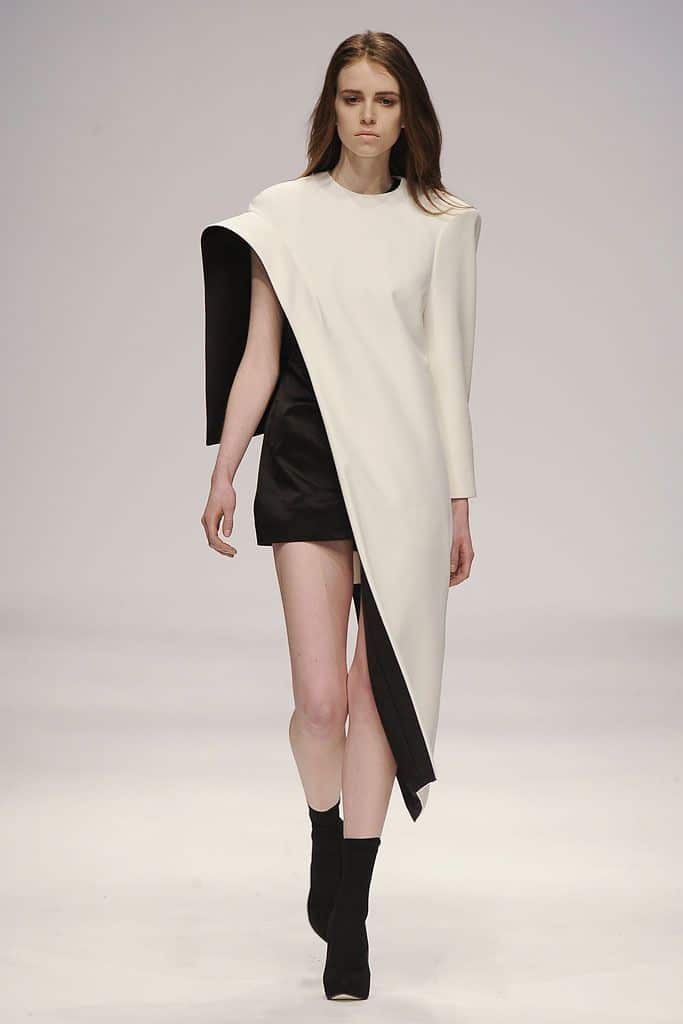
Tailored pieces emphasize clean lines and sharp cuts. Blazers, fitted trousers, and pencil skirts bring a polished and sophisticated edge. These shapes highlight the body’s natural form.
Structure is achieved through firm fabrics and precise stitching. Shoulder pads and darts add definition. People use these styles for work or formal events because they present a refined appearance.
Layering Techniques
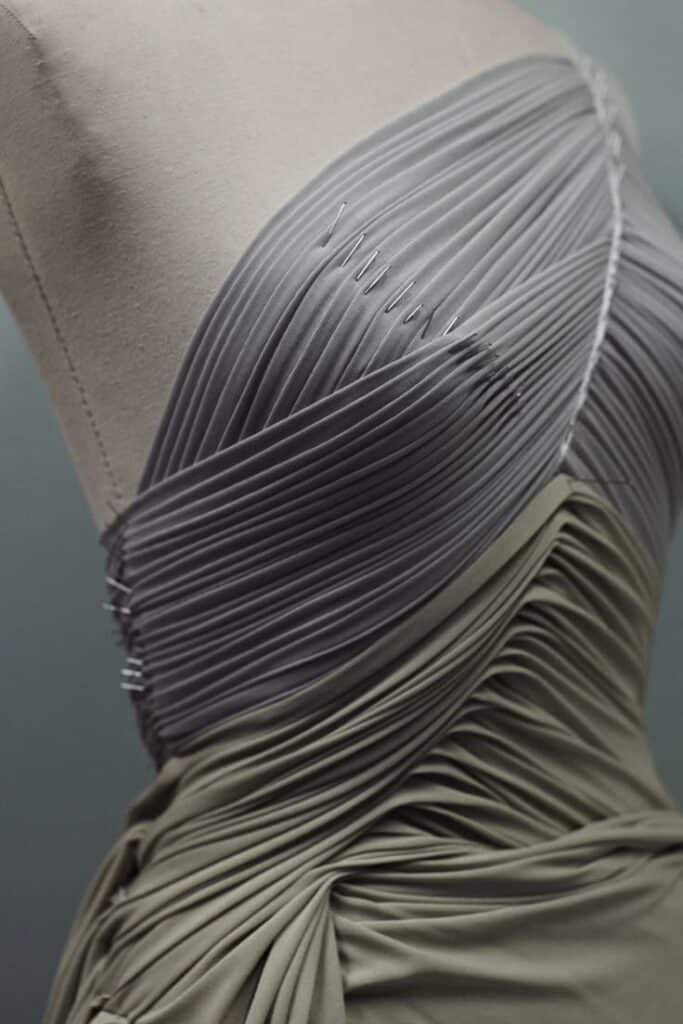
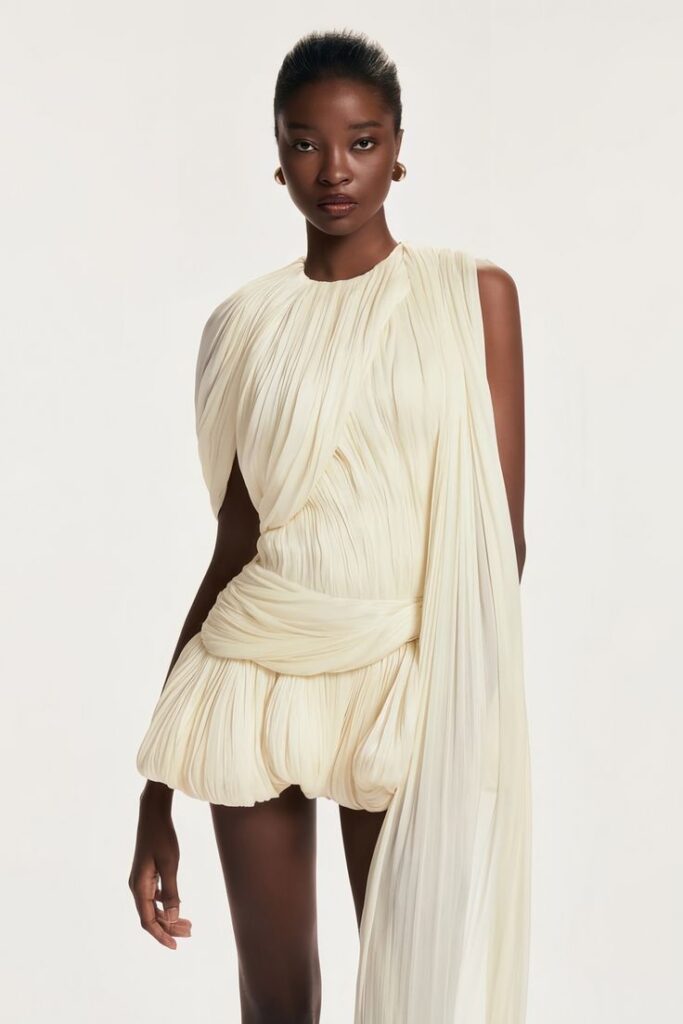
Layering adds complexity without bulk. Thin knits under blazers or shirts combined with vests create interest. Transparent pieces over solids also build texture and depth.
Mixing lengths and fabrics is common; a long coat over cropped pants can balance proportions. Accessories like scarves and belts help to define the silhouette and break up the outfit visually. Layering provides flexibility for changing weather and occasions.
Must-Have Fashion Items
This season highlights bold outerwear and fresh takes on classic denim. Both items help create strong, stylish outfits without much effort.
Statement Outerwear
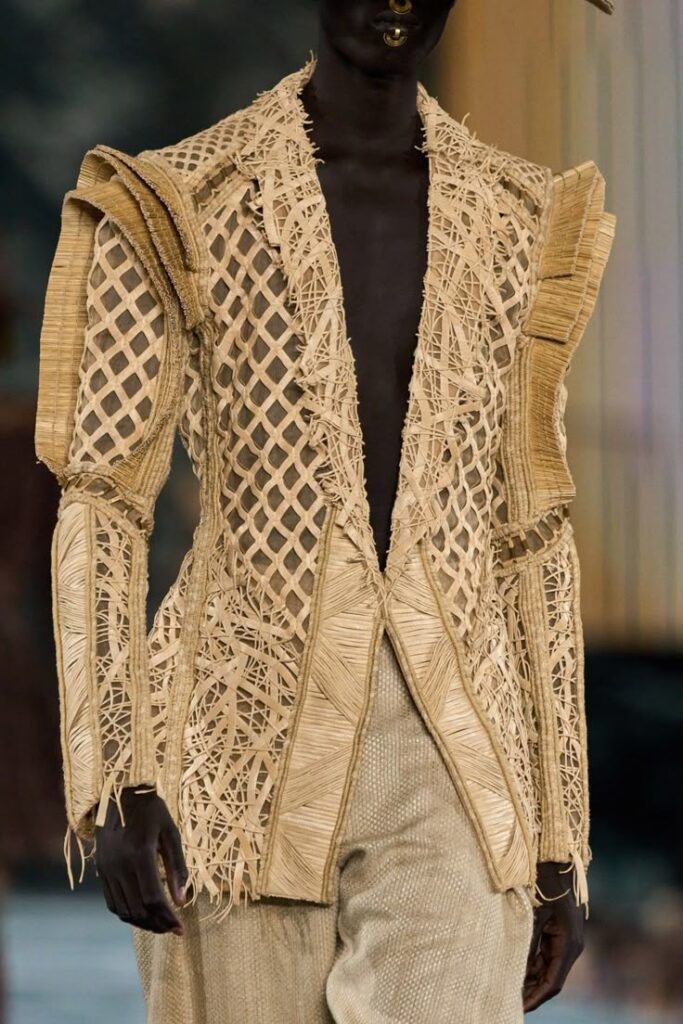
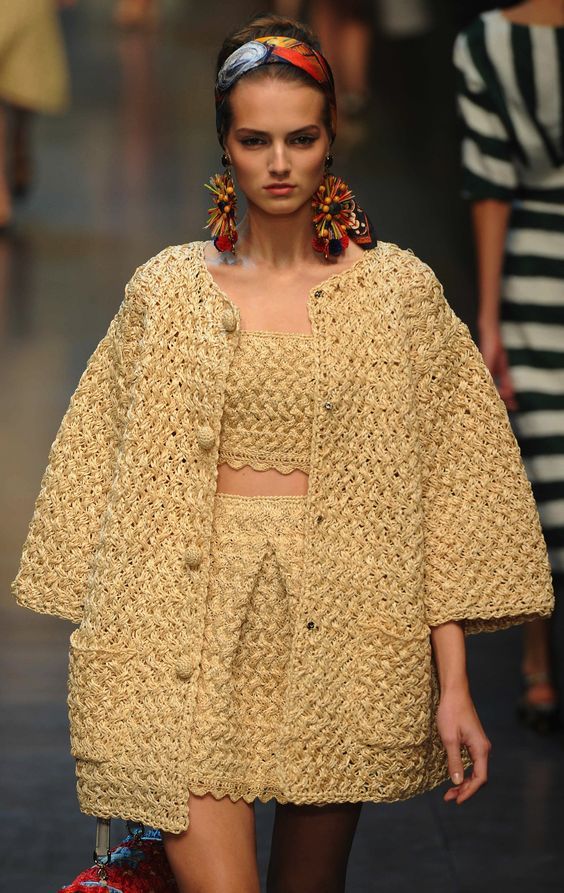
Bold jackets and coats are key to standing out. Oversized blazers in bright colors or sharp patterns give outfits a modern edge.
Trench coats with unique cuts or mixed materials are also popular. They balance style and function, perfect for different weather.
Fabrics like leather and tweed bring texture to looks. Details such as large buttons or contrast stitching add interest.
Choosing statement outerwear can transform simple basics into eye-catching outfits. It’s a smart piece for anyone wanting versatility and flair.
Revamped Denim Staples
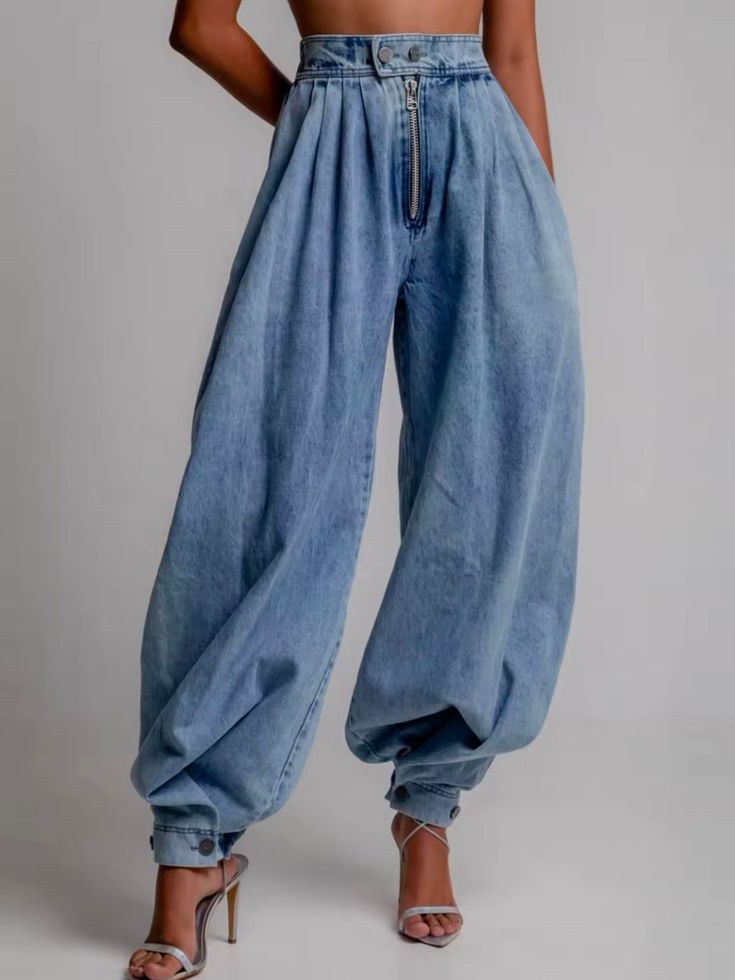
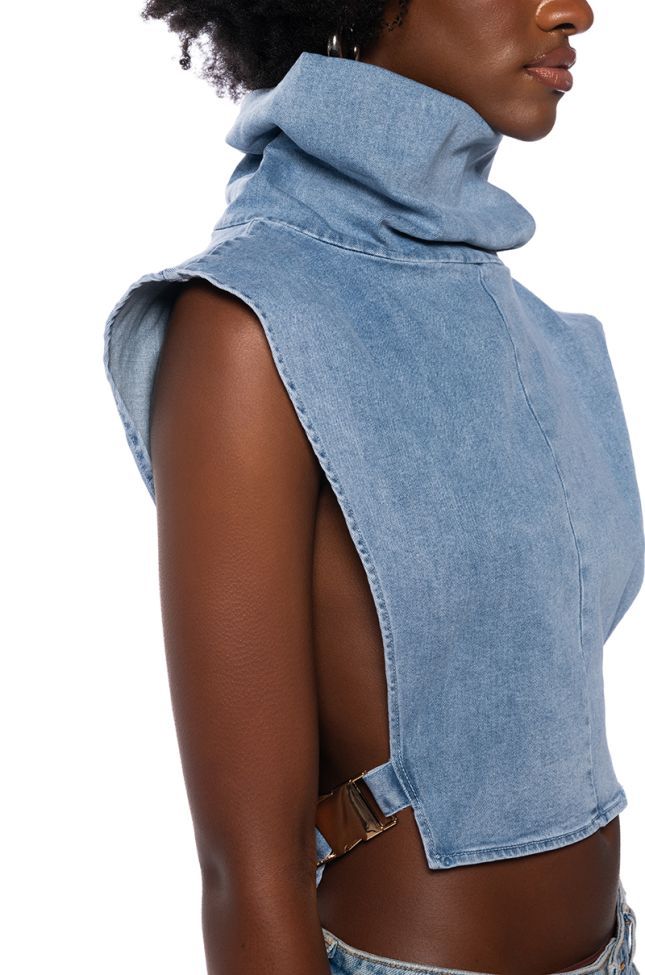
Denim is not just about classic jeans this year. Look for updated designs like wide-leg or cropped styles.
High-rise jeans with raw hems and wood-tone buttons are trending. These details refresh the typical denim silhouette.
Denim jackets get upgrades too, with oversized fits and patchwork patterns. They work well layered over both casual and dressy clothes.
Denim skirts and shorts are returning in new shapes like A-line cuts. These offer more options for warm weather looks.
Updated denim helps keep outfits current while staying comfortable and practical. It’s a staple that fits many styles.
Accessories and Footwear Trends
Accessories and footwear are becoming more daring and functional this season. Statement pieces in jewelry, standout handbags, and new shoe designs are reshaping everyday looks.
Bold Jewelry Choices
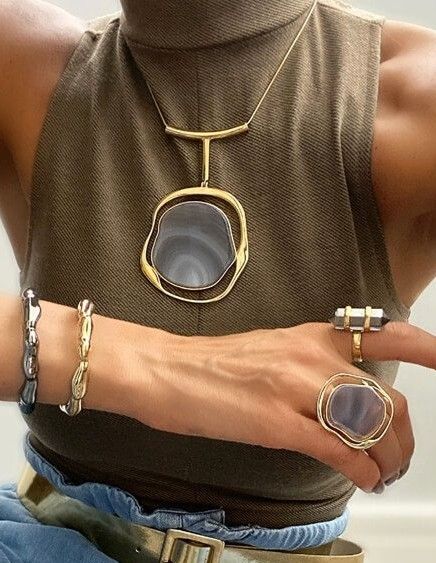
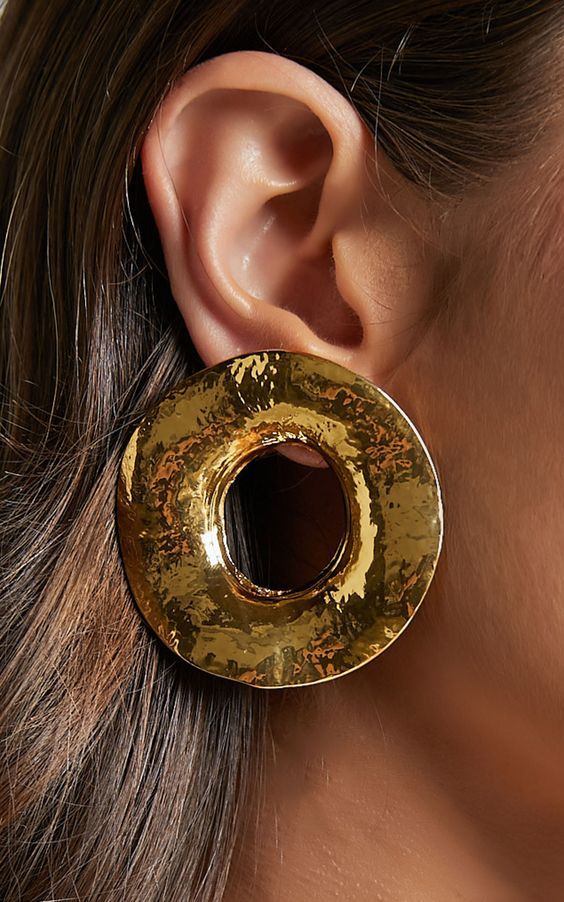
Chunky chains and oversized hoops are popular this year. People prefer metals like gold and silver, often mixed together for contrast. Pearls appear in new ways, like layered necklaces and stacked rings.
Colorful stones and enamel details add variety without overpowering outfits. Jewelry is no longer just shiny—it tells a story with unique shapes or vintage-inspired details. Many choose pieces that can shift from day to night easily.
Trending Handbags

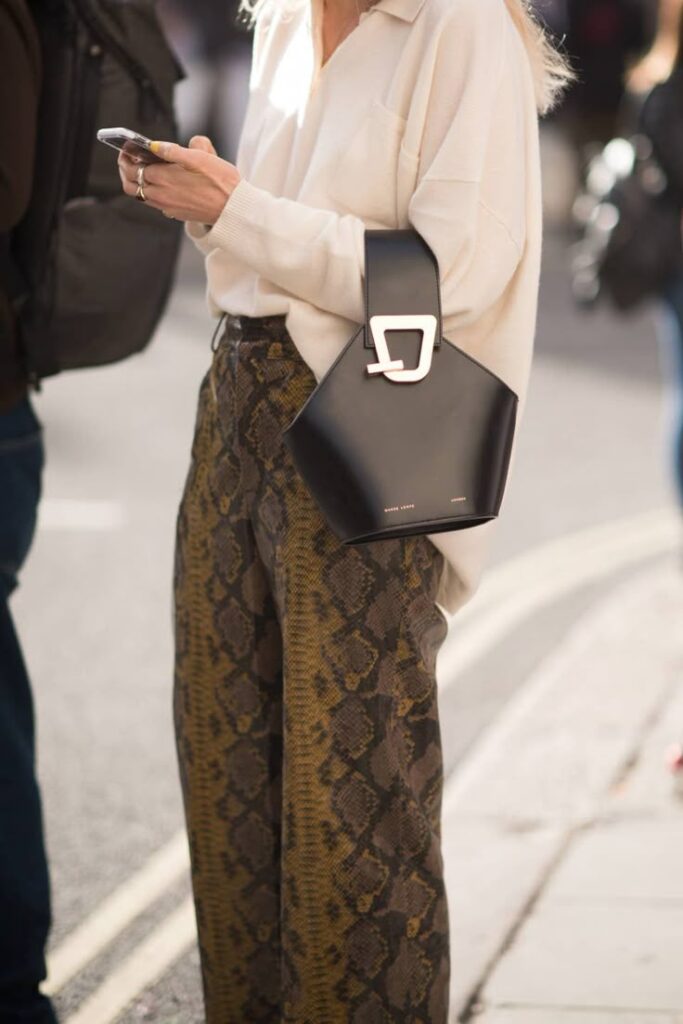
Mini bags are still in, but utility and crossbody styles are gaining ground. Bags now focus on both style and function, with sleek shapes and multiple compartments.
Colors range from classic black and brown to pastels like lavender and mint green. Textures such as suede and patent leather add to the tactile experience. Some bags feature bold hardware or logos, creating a balance between minimalism and eye-catching design.
Footwear Innovations
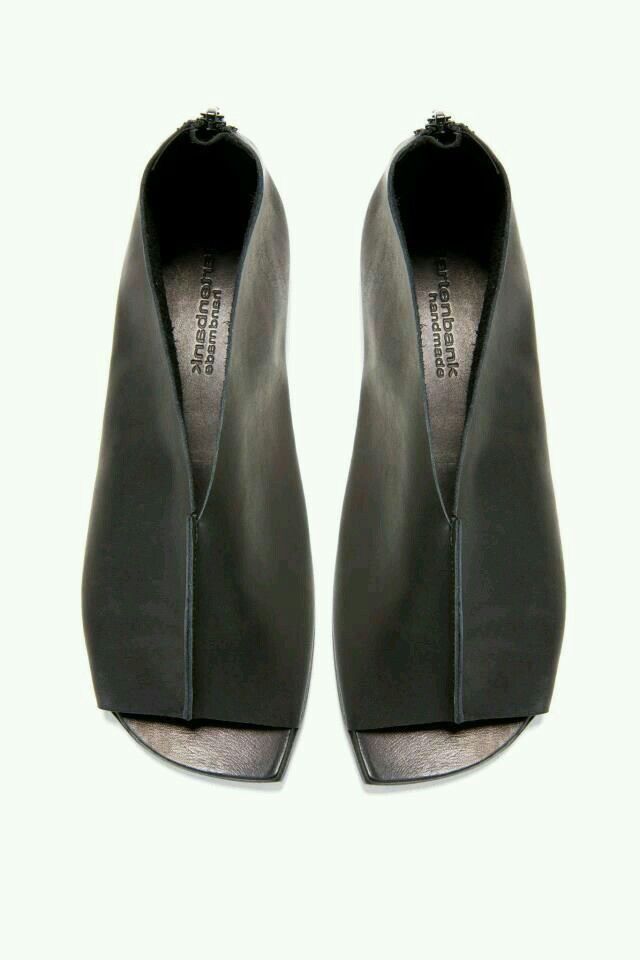
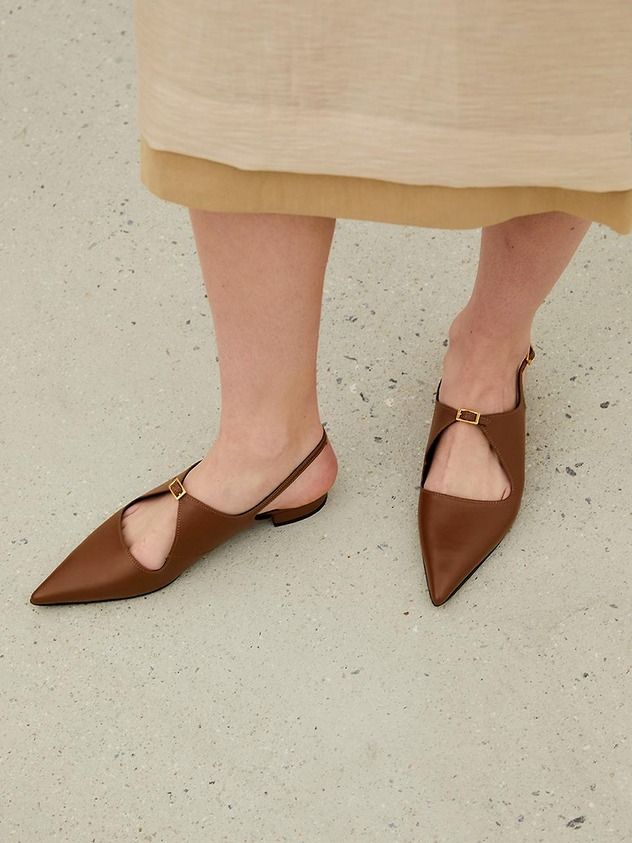
Sneakers keep evolving with sustainable materials and futuristic looks. Chunky soles remain popular, but new designs emphasize comfort without losing style.
Heels are shorter and blockier for stability. Square toes are trending in boots and sandals. Slip-on styles and adjustable straps reflect the demand for easy, adaptable footwear. Overall, shoes blend form and function more than before.
Technology and Fashion
Fashion is changing because of new technology. It influences what people wear and how designers show their work. Smart devices and online events are becoming a big part of fashion.
Wearable Tech Integration
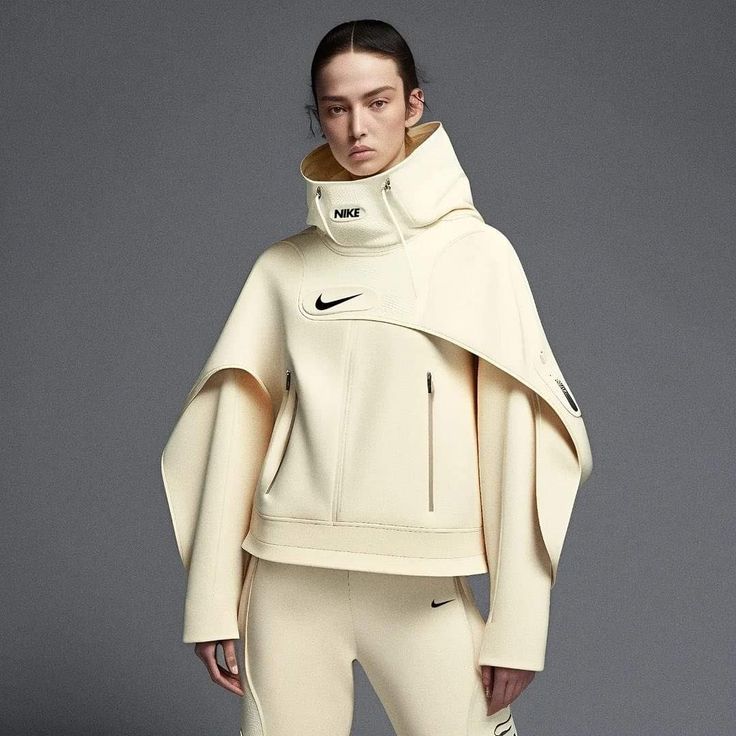
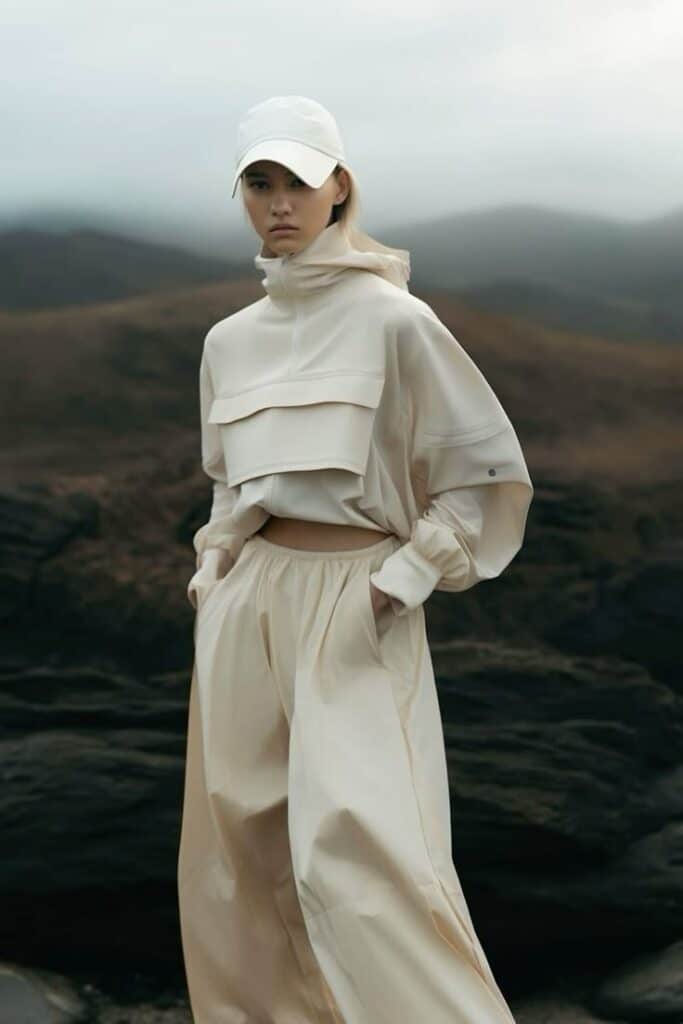
Wearable technology is growing fast in fashion. Devices like smartwatches, fitness trackers, and smart glasses are becoming stylish and functional. Designers now embed sensors into clothing to track health or change colors based on the environment.
For example, some jackets can heat up on cold days, controlled by a phone app. Others have built-in lights or sound systems for events or safety. These innovations combine style with useful features.
This trend shows how fashion and technology work together. Brands use new materials and tech to create clothes that do more than just look good.
Virtual Fashion Shows
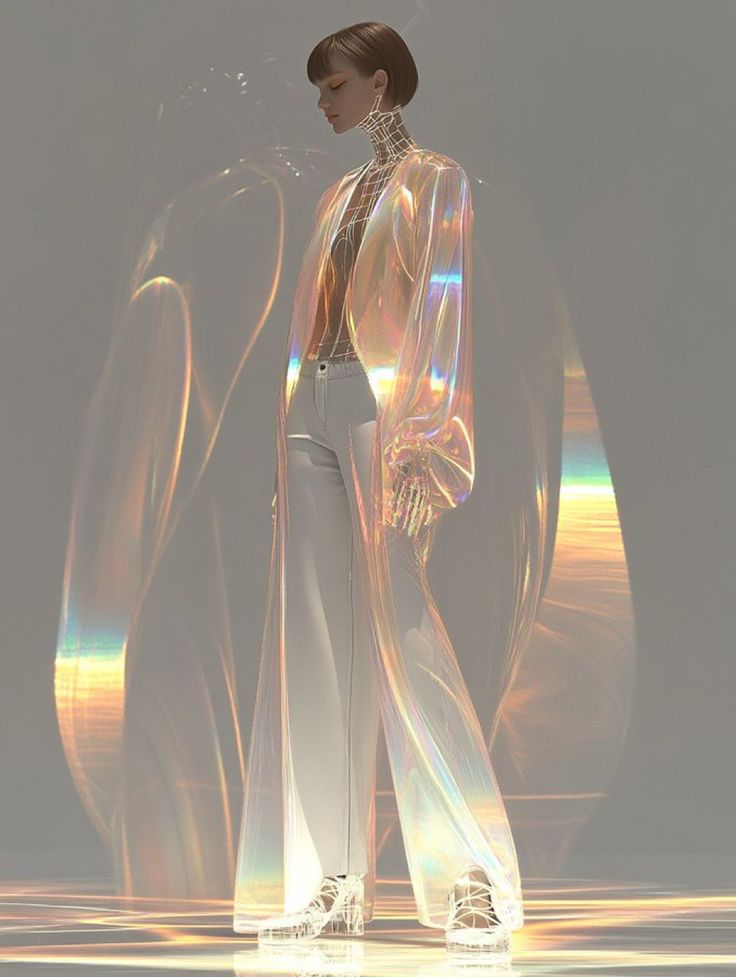
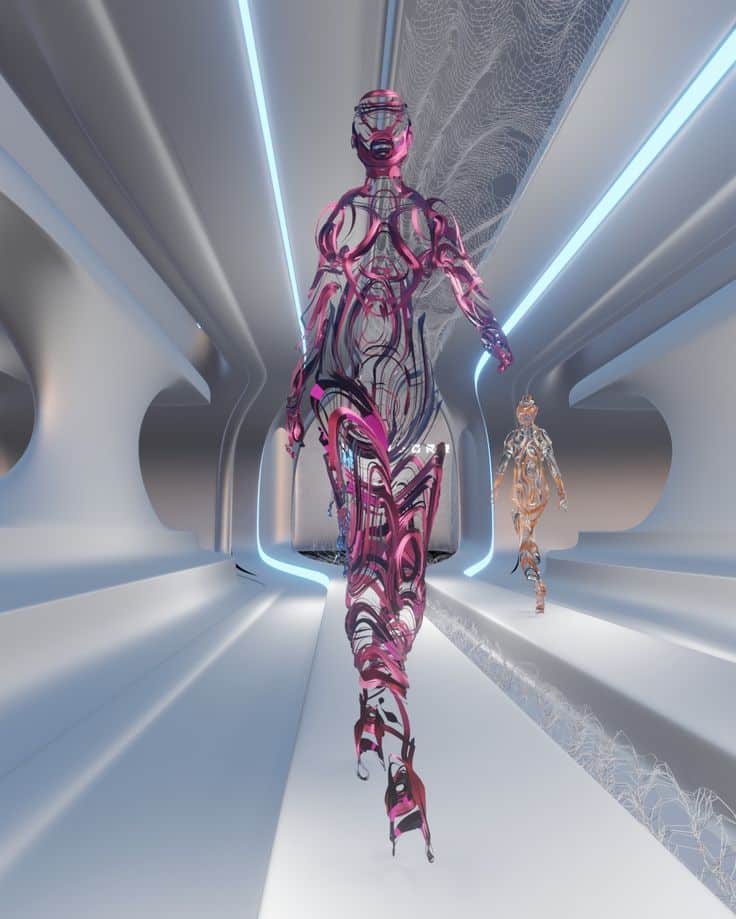
Virtual fashion shows use 3D models, video games, and streaming to present new collections. Designers host online events, letting people worldwide watch without traveling.
These shows often include interactive features. Viewers can zoom in on outfits, see details up close, or even buy items immediately. This method saves money and reaches larger audiences.
Some brands create digital-only clothes that exist in virtual worlds or social media. These items can be bought and worn using avatars, blending gaming and fashion trends.
Impact of Social Media and Influencers
Social media platforms shape what people wear by spreading ideas quickly. New styles appear fast because influencers and users share outfits and brands every day. These digital voices affect both big fashion companies and small brands.
Influencer-Driven Trends

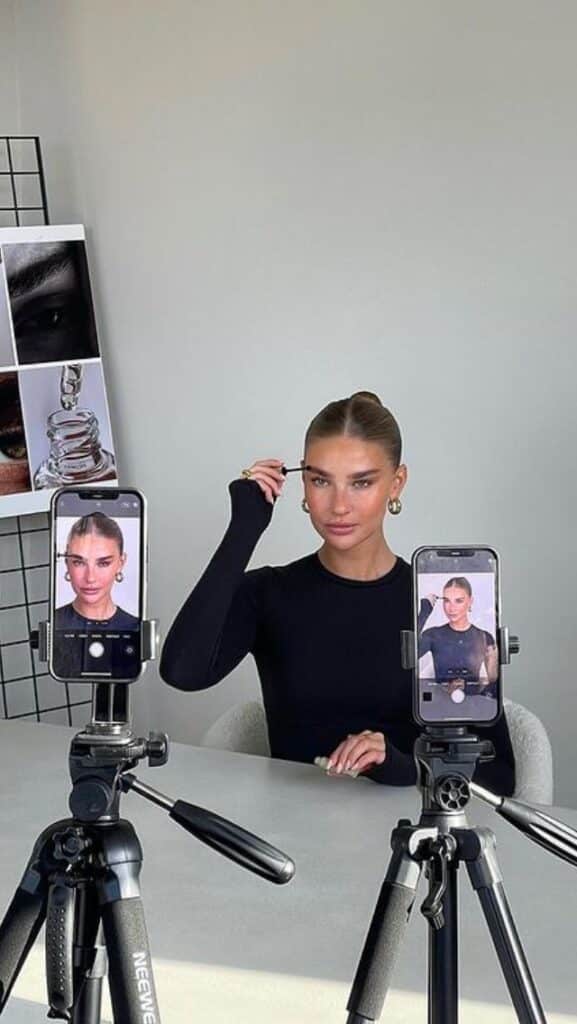
Influencers often lead fashion changes by showcasing outfits to millions of followers. When an influencer wears a specific item, like a jacket or shoes, fans want to copy that look. This can boost sales for certain brands almost overnight.
Many influencers work with brands to promote new collections. These partnerships create more trust because followers see the influencer’s personal style mixed with brand products. Brands benefit from this direct connection to shoppers.
Influencers also vary by niche, like streetwear or luxury fashion. This variety helps different styles reach their right audiences, making sure trends come from many places and suit many people.
Viral Microtrends
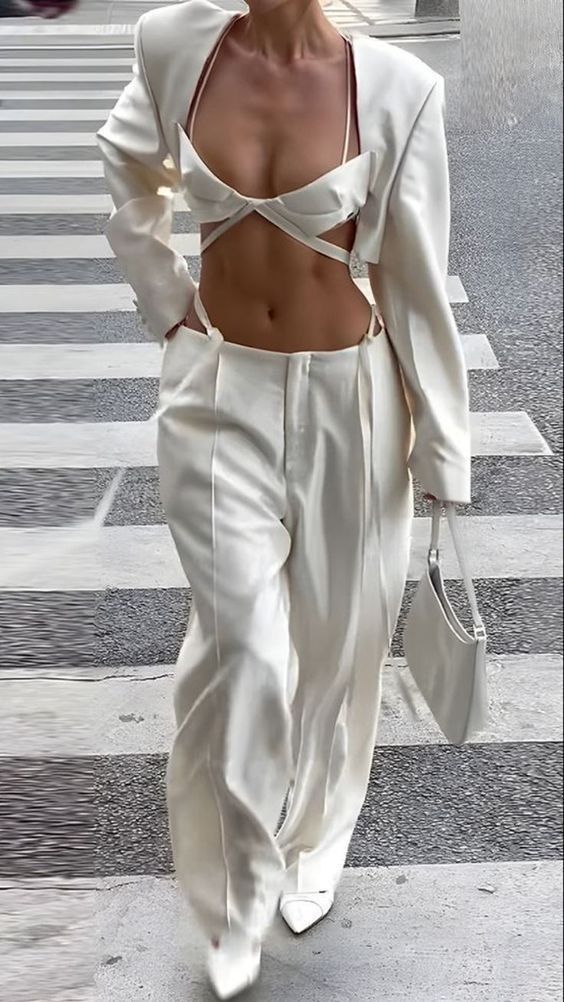
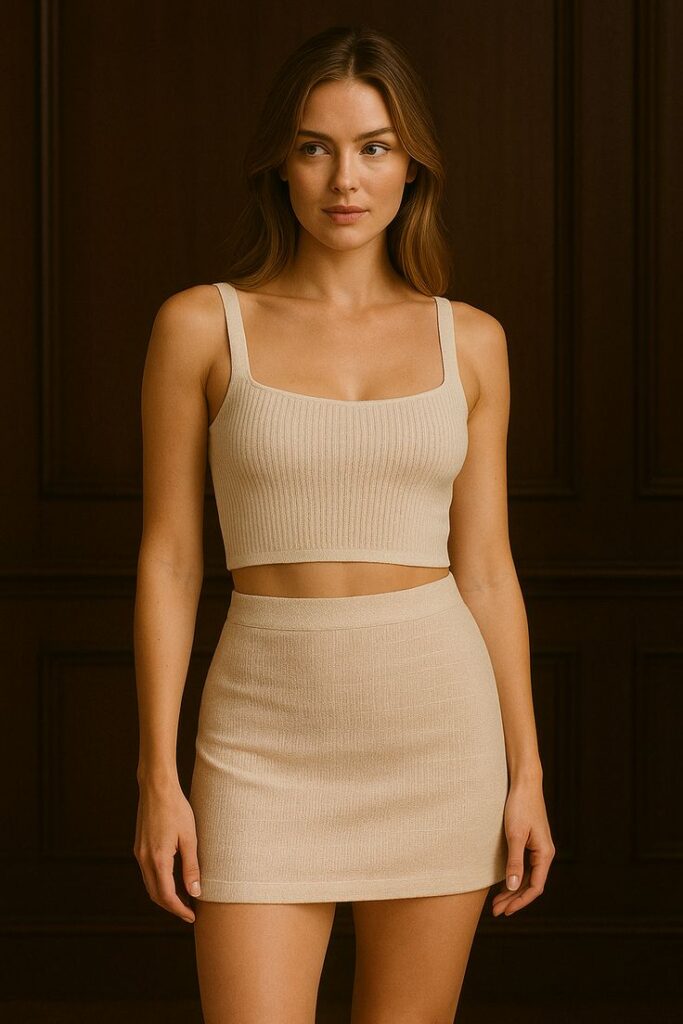
Microtrends spread quickly on social platforms like TikTok and Instagram Reels. These short-lived trends often focus on one small item or detail, such as a specific color or accessory. They usually last a few weeks to months.
Viral microtrends often catch on because of user creativity. People make videos or photos showing new ways to wear or pair items. This content drives others to try the trend, increasing its reach.
Brands sometimes react fast to these trends by creating similar styles or marketing products that fit the moment. Quick responses help brands stay relevant and meet customer demand.
Key points about viral microtrends:
- Short lifespan, usually weeks to months
- Focus on single items or look details
- High user creativity speeds spread
- Brands adjust product lines quickly
Sustainability and Ethical Fashion Movements
Many brands now focus on reducing waste and including more people in their designs. These actions are changing how clothes are made and sold.
Eco-Friendly Practices
Brands use recycled fabrics and natural dyes to lower pollution. Cotton is being replaced with organic versions that use less water and no pesticides. Some designers use leftover materials to create new pieces, cutting down on fabric waste.
Factories improve energy use by switching to solar power. They also reduce harmful chemicals in the production process. Brands share this info openly, so buyers know their clothes are better for the environment.
Many companies promote buying fewer, higher-quality items. This approach reduces overall waste and supports longer-lasting wardrobes.
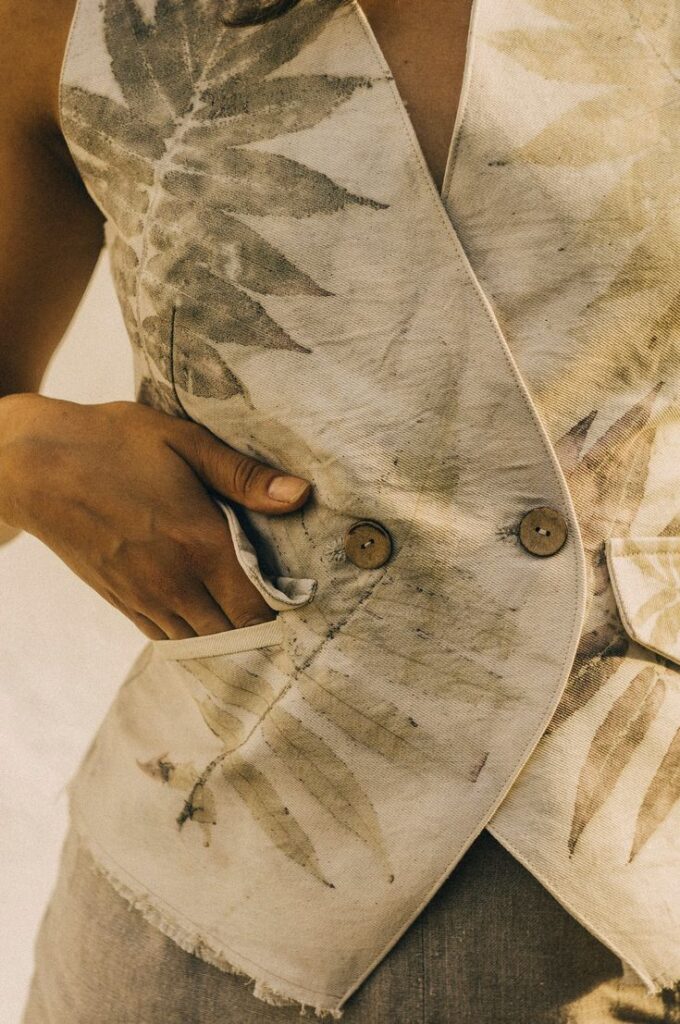
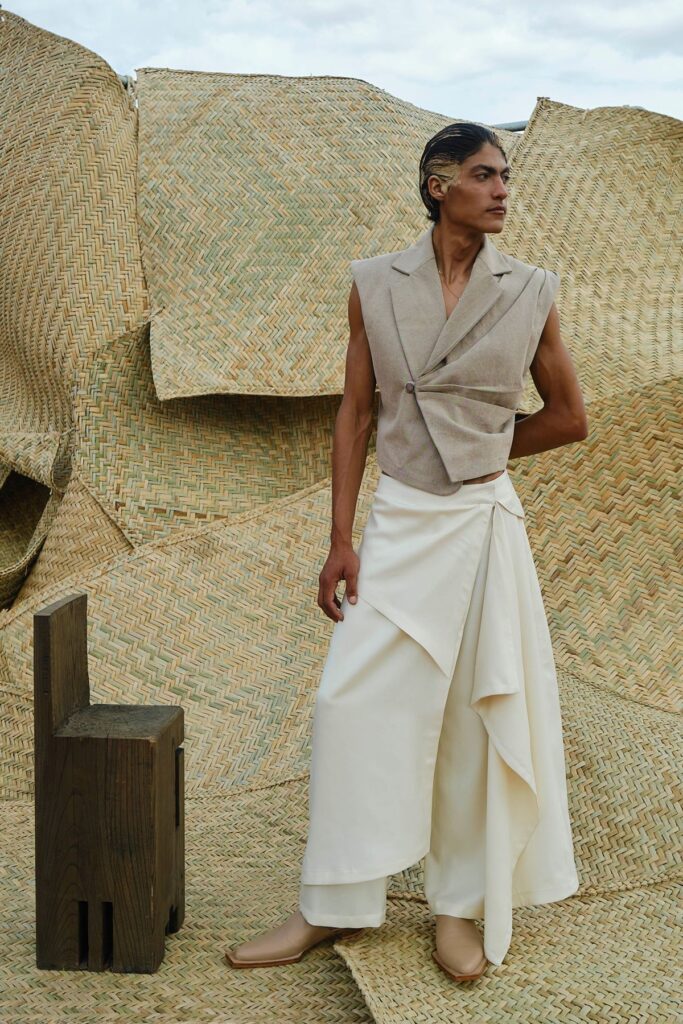
Inclusive Design Initiatives
Fashion is becoming more accessible to all body types and abilities. Brands offer a wide range of sizes, including extended and custom fits. Clothing designs also consider people with disabilities, adding features like magnetic buttons and easy-open fasteners.
Some brands involve diverse groups in the design process. This ensures styles meet real needs and preferences. Marketing campaigns now highlight models of different races, ages, and genders to reflect more people.
Inclusive design helps more shoppers find comfortable and stylish clothes. It promotes fairness and representation in the fashion industry.
Fashion Trend Predictions by Region
Fashion trends are shaping up differently across the world. Each region is focusing on specific styles and materials that fit local tastes and climates.
North America
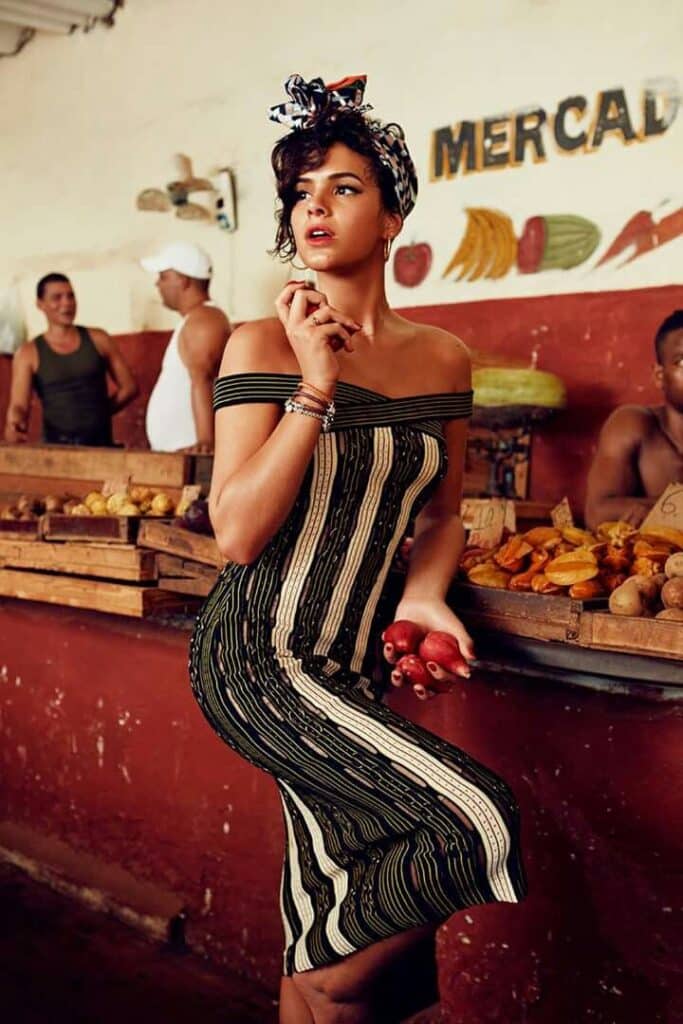
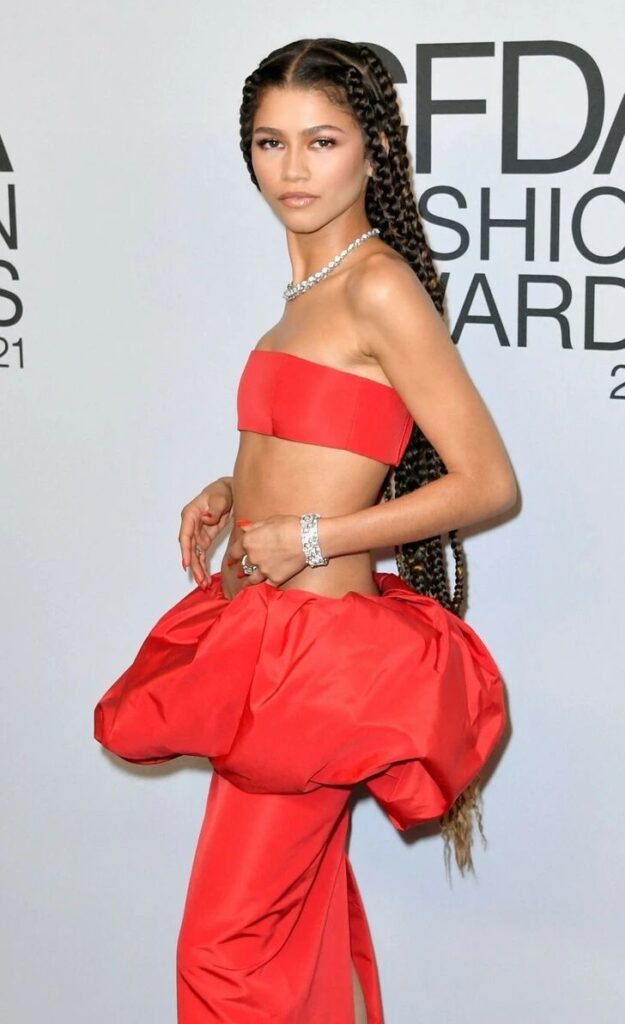
In North America, sustainability is a big focus. Designers use recycled fabrics and promote slow fashion. Earth tones like beige, olive, and rust are popular.
Loose fits and oversized jackets are trending. Denim remains a staple, but with new cuts like wide-leg and cropped styles. Accessories such as chunky boots and large tote bags complete the look.
Techwear is also rising, blending functionality with style. Water-resistant materials and multi-pocket designs are common in urban wear.
Europe
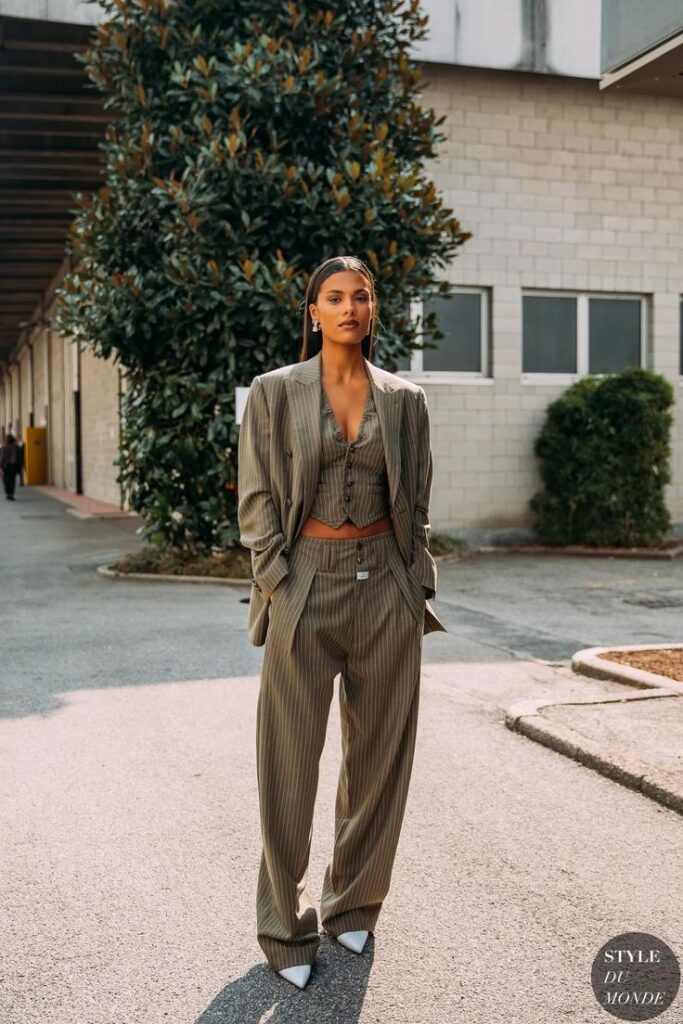
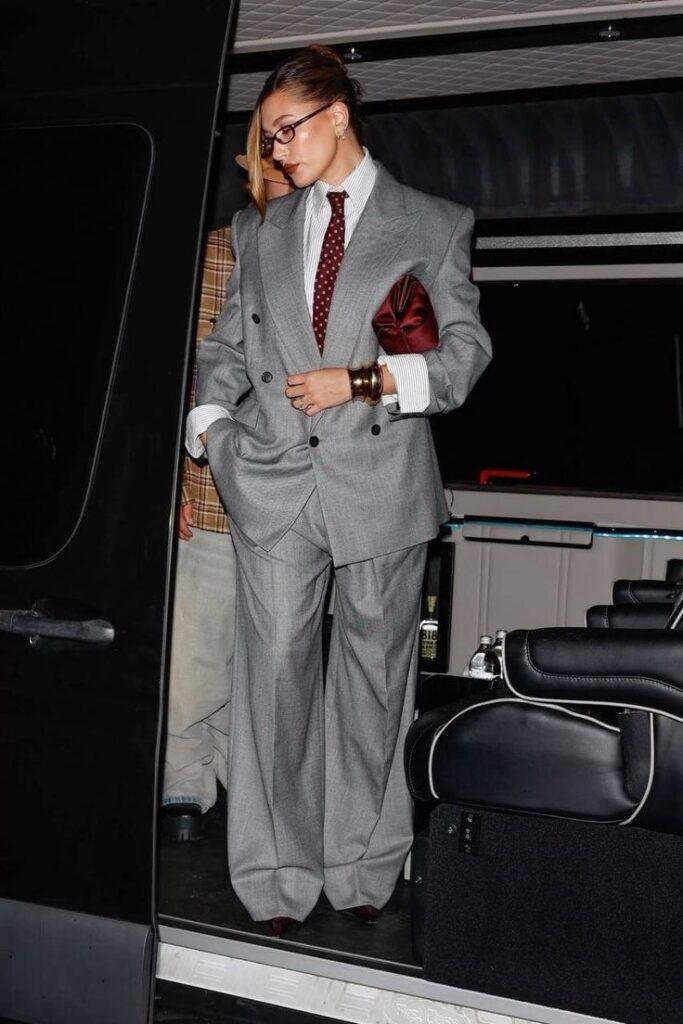
Europe favors a mix of classic and modern styles. Minimalist designs with clean lines and neutral colors dominate fashion weeks.
Tailored blazers and structured coats are must-haves. Layers play a key role because of the changing climate, with scarves and hats making regular appearances.
Bold prints, especially floral and geometric, are gaining ground. Sustainability continues to influence choices, with vintage and upcycled pieces becoming mainstream.
Asia-Pacific
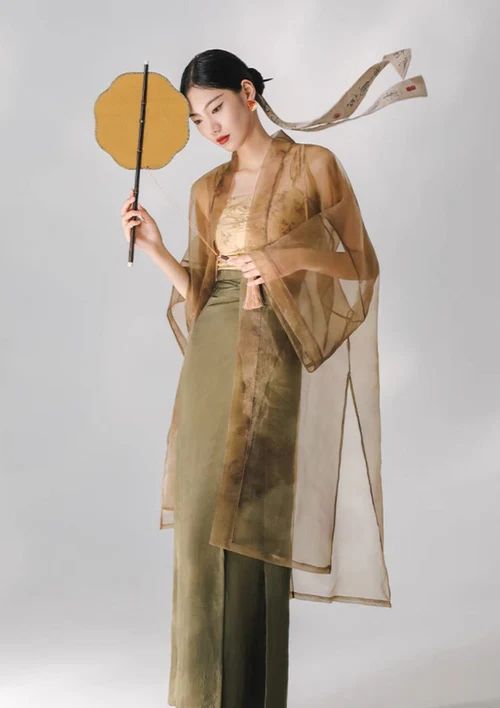
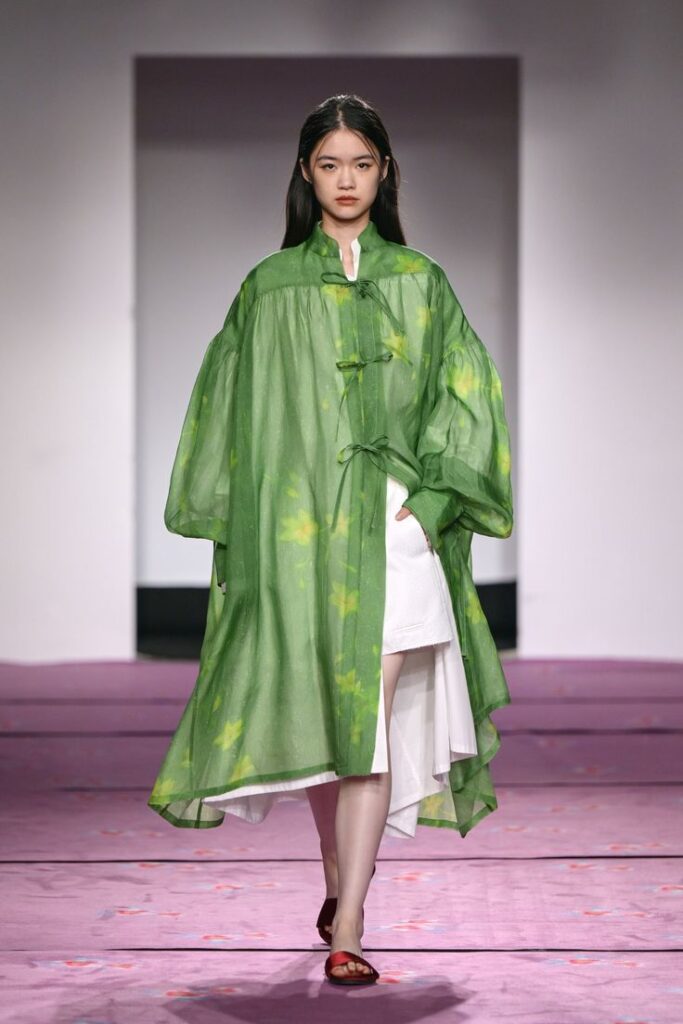
The Asia-Pacific region embraces vibrant colors and unique textures. Bright reds, blues, and metallic fabrics are frequent in collections.
Streetwear is a huge influence, with oversized hoodies, graphic tees, and sneakers leading the way. Comfort and style unite, especially for younger shoppers.
Traditional elements inspire modern looks, such as silk blends and embroidered details. Lightweight fabrics suit warm climates while maintaining elegance.
| Region | Key Styles | Colors | Materials |
|---|---|---|---|
| North America | Oversized, techwear | Earth tones | Recycled fabrics |
| Europe | Minimalist, tailored | Neutrals, bold | Vintage, upcycled |
| Asia-Pacific | Streetwear, traditional | Bright, metallic | Silk blends, embroidery |
How to Incorporate Upcoming Fashion Trends

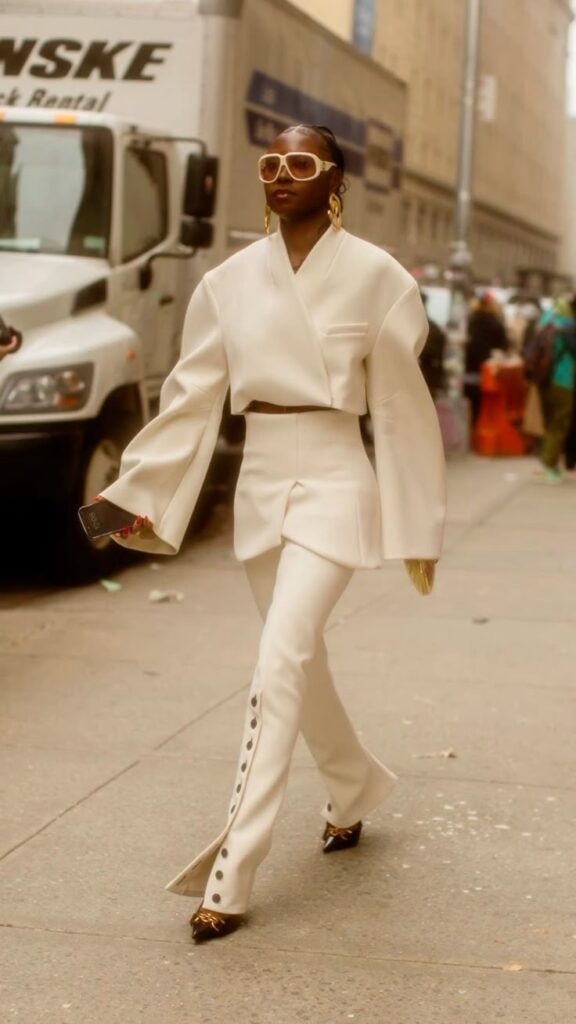
To add new fashion trends into a wardrobe, it helps to start small. They can try accessories like bags, scarves, or jewelry. These pieces give a fresh look without changing the whole outfit.
Another way is to mix a trendy item with classic pieces. For example, pairing a bright, bold jacket with neutral pants keeps the outfit balanced. This approach keeps style modern without being overwhelming.
People should also think about their personal style. Not every trend suits everyone’s taste or lifestyle. Choosing trends that feel comfortable and natural will make wearing them easier.
Using a simple checklist can help when shopping for trendy items:
| Step | Action |
|---|---|
| 1. Identify trends | Follow fashion news and blogs |
| 2. Select key pieces | Choose items that fit their style |
| 3. Mix and match | Combine new pieces with basics |
| 4. Try accessories | Update looks without full changes |
They should avoid buying too many trendy clothes at once. It is better to add a few pieces each season. Building a versatile wardrobe slowly is smarter and less wasteful.
- 295shares
- Facebook0
- Pinterest295
- Twitter0
- Reddit0








